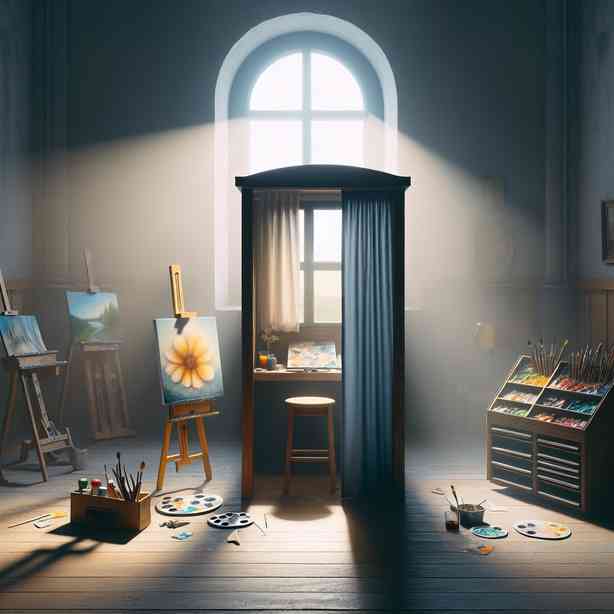
When a Studio Becomes a Confessional
In recent years, the concept of a studio transforming into a confessional space has captured the interest of many artists, creators, and professionals in diverse fields. This evolution signifies a profound shift in how we view creative spaces—not merely as venues for artistic output but as sanctuaries for self-exploration, vulnerability, and emotional expression. In this exploration, we will delve into what it means for studios to take on this confessional role and the implications it has for creativity, mental health, and community.
A studio, traditionally viewed as a place for production, is now perceived as a sanctuary where individuals can confront their inner realities. Artists, musicians, writers, and other creators increasingly find themselves using their workspaces as reflective spaces to confront personal challenges and emotional struggles. This shift often stems from the understanding that creativity and vulnerability are intertwined. In essence, a studio becomes a confessional when artists allow themselves to be open and honest about their experiences, fears, and aspirations within the confines of their work environment.
The intimate nature of this transformation can be traced back to a growing awareness of the mental health challenges faced by many in creative fields. The pressures to produce, perform, and adhere to industry standards often lead to feelings of anxiety and isolation. As artists open their studios to confessional practices, they cultivate a space where they can not only create but also heal. This has fostered a culture where emotional well-being is acknowledged as an essential component of the creative process. In sharing their struggles, artists can access deeper reservoirs of inspiration and authenticity, leading to more genuine and relatable work.
Moreover, the confessional aspect of a studio extends beyond the individual artist. It creates an environment conducive to collaboration and community building. When studios become spaces for shared experiences, they encourage open dialogue among artists and creators. This communal aspect allows individuals to feel connected and supported, breaking down the isolating barriers often erected by the competitive nature of the creative industry. As a result, studios transform into hubs of empathy where mutual understanding and support foster creativity.
This confessional model can be seen in various artistic practices. For instance, musicians may write deeply personal lyrics that explore themes of loss, love, and identity, creating a bridge between their experiences and those of their listeners. Similarly, visual artists may incorporate elements of their personal narratives into their artwork, inviting viewers to reflect on their own stories. These expressions often resonate more profoundly with audiences because they stem from a place of authenticity and vulnerability.
Additionally, the rise of digital spaces has further amplified this phenomenon. Social media platforms and online communities provide artists with a unique opportunity to share their personal stories and confessions to a broader audience. Through livestreams, podcasts, and blogs, creators can reach individuals who may not have access to traditional art spaces. This democratization of confessional practices allows for greater inclusivity and diversity in the narratives being shared, enriching the collective understanding of human experiences.
As we reflect on the role of confession in creative spaces, it is essential to recognize the potential risks associated with this openness. Vulnerability can evoke fears of judgment and criticism, making it a daunting undertaking for many creators. However, the rewards of embracing this practice often outweigh the risks. The courage to be vulnerable not only fosters personal growth but also inspires others to share their stories, creating a ripple effect of healing and connection within the community.
Moreover, studios that embrace a confessional ethos often become spaces for experimentation and innovation. When artists feel safe to express their innermost thoughts and emotions, they are more likely to take creative risks and push the boundaries of their work. This openness can lead to the development of new styles, genres, and artistic expressions that may not have emerged in a traditional studio setting. The act of confession thus becomes a catalyst for artistic evolution.
In conclusion, the idea of a studio becoming a confessional highlights a significant shift in how we perceive creative spaces and the relationship between creativity and emotional health. By acknowledging the importance of vulnerability and openness, artists can create work that resonates on a deeper level with their audiences. As this trend continues to grow, we may see a more profound transformation in the creative landscape, where studios serve not only as spaces for production but as sanctuaries for self-exploration, community building, and artistic innovation. Embracing this confessional dimension enriches the creative process and invites others to participate in a collective journey of healing and artistic expression. In an ever-evolving world, the studio-turned-confessional may serve as a beacon of hope, connection, and authenticity for artists and audiences alike.


